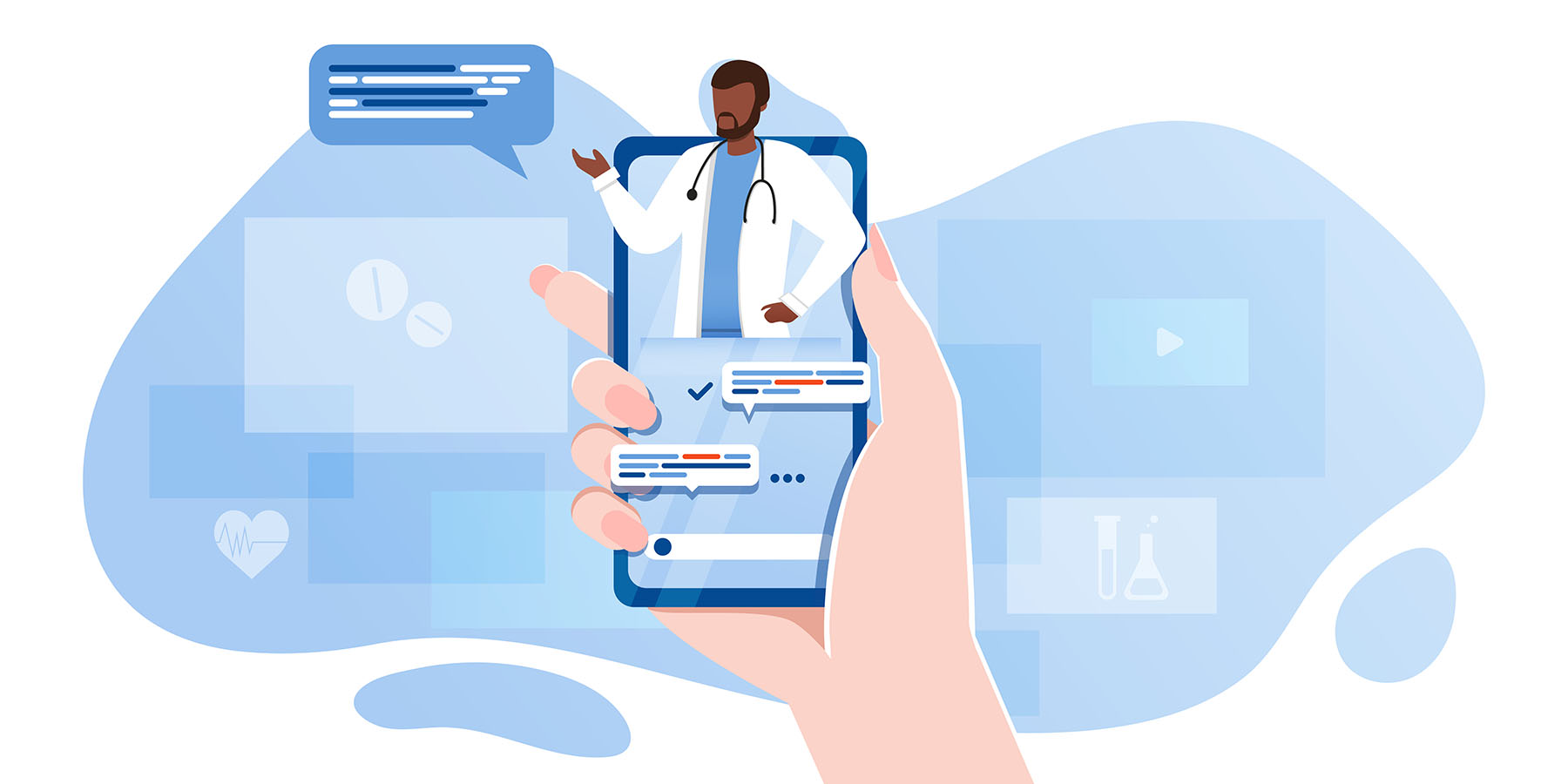Following the impact of the COVID pandemic in 2020, patient engagement has become the focus area for more than half of healthcare chief information officers (CIOs). At the same time, patient portals have always been considered one of the most efficient tools for patient engagement.
Unfortunately, studies show that most active patient users, such as people with chronic conditions, are not always the ones who would most benefit from accessing their patient portal. One reason why is a lack of supplementary materials about test results and treatments. Typically, results or new treatment prescriptions are simply uploaded to the portal with the doctors expected to give explanations during the appointment—even though the ability to provide additional information within the portal is readily available. Fierce Healthcare listed supplementary information as one of the five essentials for patient portals back in 2012, and most healthcare software developers offer it as one of the basic features. Usually, it is configured as a library where a medical organization can store the material it sees fit.
In their “Pharma and the connected patient report,” Deloitte suggests that pharma-created portals can add to the patient experience, provide additional support to physicians, and positively impact population health. However, only 32% of patients trust pharma-developed apps. Therefore, when it comes to patient portal development, healthcare organizations and pharmaceutical companies should try working together to provide relevant and trustworthy information for patients, thus increasing the portal’s value and usage. In this article, we’ll explore the most viable ways in which pharma can make a patient portal engaging.
Explaining Medication Action
The success of the treatment depends largely on the consistency of the treatment plan and the patient’s adherence to it, which is especially true for chronic illnesses. Yet, patients frequently disregard their physician’s recommendations and stop taking medication mid-way. The most common reasons listed for such a decision include the high cost of the medication, seeing no results, feeling better, etc. Some patient portals and their complementary mobile apps have an option to remind patients to take or refill their prescription, but as practice shows, this is not enough.
As it turns out, 43% of physicians believe pharmaceutical companies do a bad job with their digital resources. Healthcare professionals are in great need of quality educational materials, yet it can seem like most pharmaceutical companies prefer running ads instead. This distrust between medical personnel and pharma companies ultimately influences patients’ opinions.
Supplementing a prescription with an explanation of why the treatment should be continuous may help dispel the erroneous belief that a patient can quit it at any time. More information on how the medication works written in an easy-to-understand way and also placed in a patient portal where it is visible and easily accessible can add more transparency and strengthen the trust between the patients and pharmaceutical companies.
Providing Alternative Treatment Suggestions
Listing possible alternatives for different treatments as supplementary information in the patient portal can serve as a starting point for discussion between physicians and patients who are concerned about the cost or side effects of a particular medication. In addition, a pharma company can offer a cost breakdown to dispel many patients’ suspicions that pharmacies charge high prices for meds. This would help patients become more proactive in managing their health, dispel conspiracy theories, and facilitate understanding between pharma companies, pharmacies, medical personnel, and patients.
Tracking Adverse Reactions
As of now, pharmaceutical companies get reports on adverse reactions from surveys, and sporadic claims made by consumers and healthcare professionals. Allowing patients to input information about adverse medication reactions into the portal would benefit all parties: patients’ voices will be heard better and they will have more control over their treatment; physicians will have more detailed information and be able to make more personalized treatment plans; and pharmaceutical companies will have more relevant data to improve their products.
Improving Patient Support
According to HealthIT.gov, more than half of the patients reported using a patient portal or a similar app to discuss their health with a provider. But what if patients could reach a pharmacist to discuss their medication just as easily? This would take the pressure off the medical professionals, because they won’t have to handle all of the drug-related questions, and improve patient experience, since a pharmacist can help provide more nuanced information about a particular drug or dispel some myths surrounding it via a patient portal.
A Word About Security
It’s a common knowledge that patients often worry about their personal information being passed to pharmaceutical companies by their healthcare providers and used for targeting advertisements at them. Adding pharma as a partner to a patient portal may drive patients away if not done properly.
Therefore, patient portal developers have to make sure there are strict access rules to the patient information and all data is protected according to industry standards. For example, adverse reaction reports should be automatically anonymized when transferred to the pharmaceutical company.
Summing Up
Healthcare providers and pharma companies have a lot to gain by working together toward improving patient engagement. Patients who have more information about their treatment and feel that they have control over it tend to have a better relationship with their provider, be more engaged in their treatment process, and better adhere to the medication plan. If pharma companies can provide quality educational materials, transparent insights into medication price-forming, and adequate patient support, they would also improve patient trust and loyalty.
The time for pharma and healthcare providers to become patient-centric is long overdue, and one of the best ways to achieve it is through patient engagement tools like portals.







